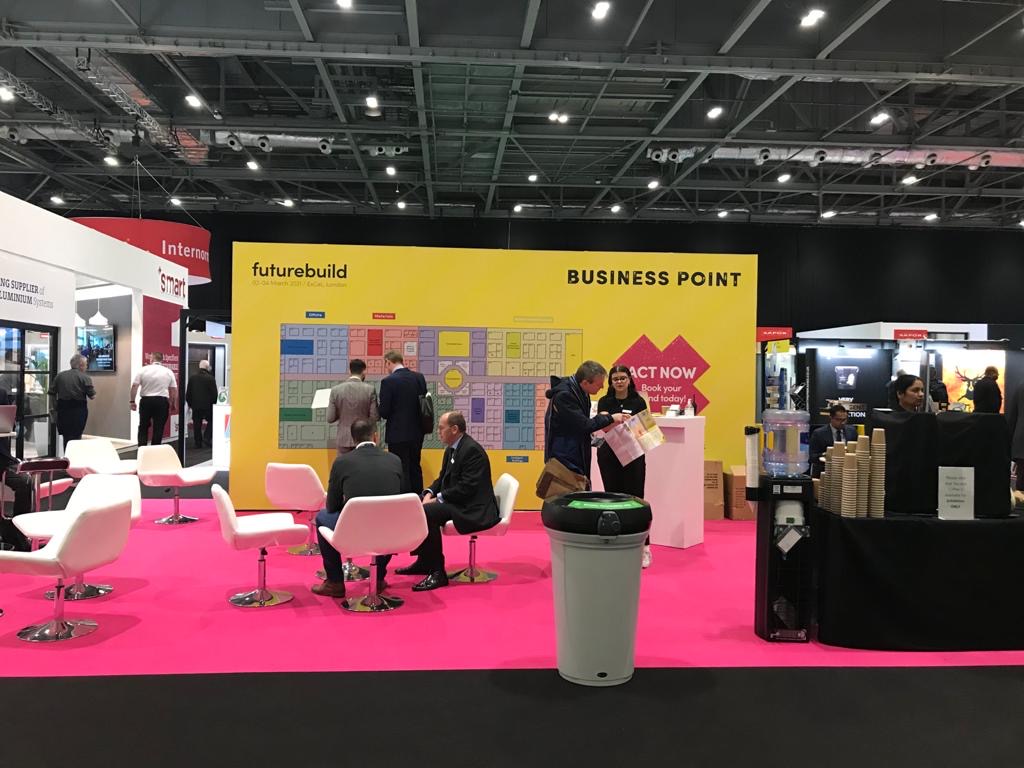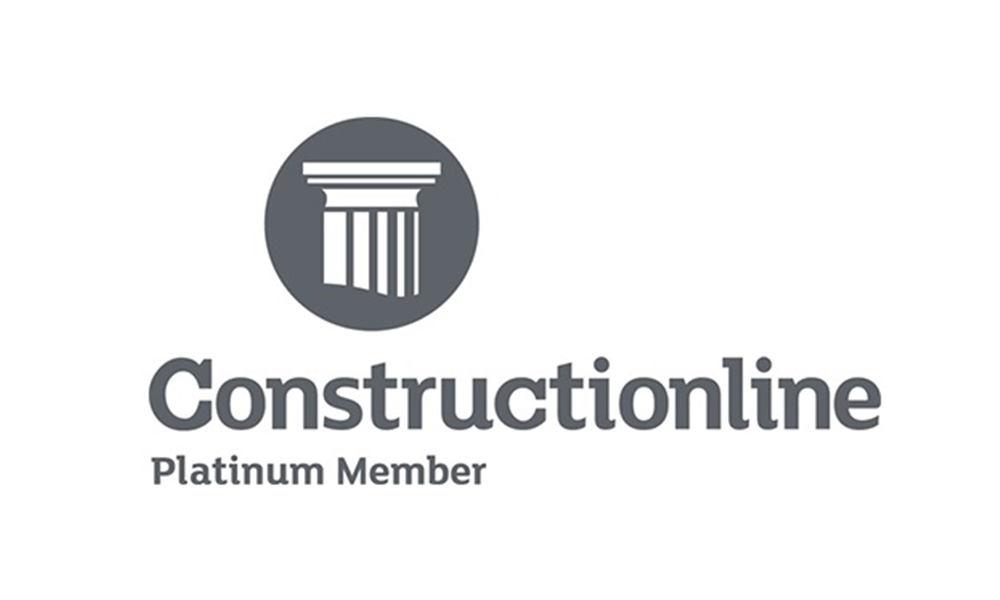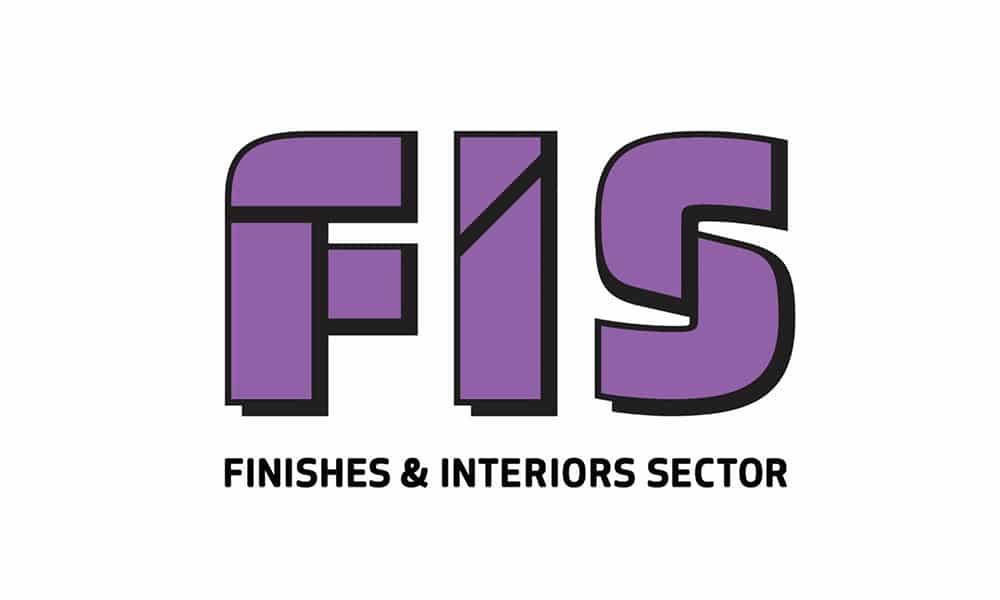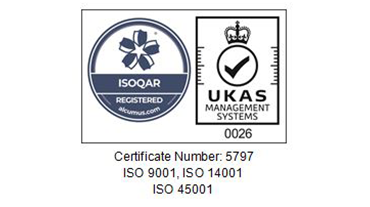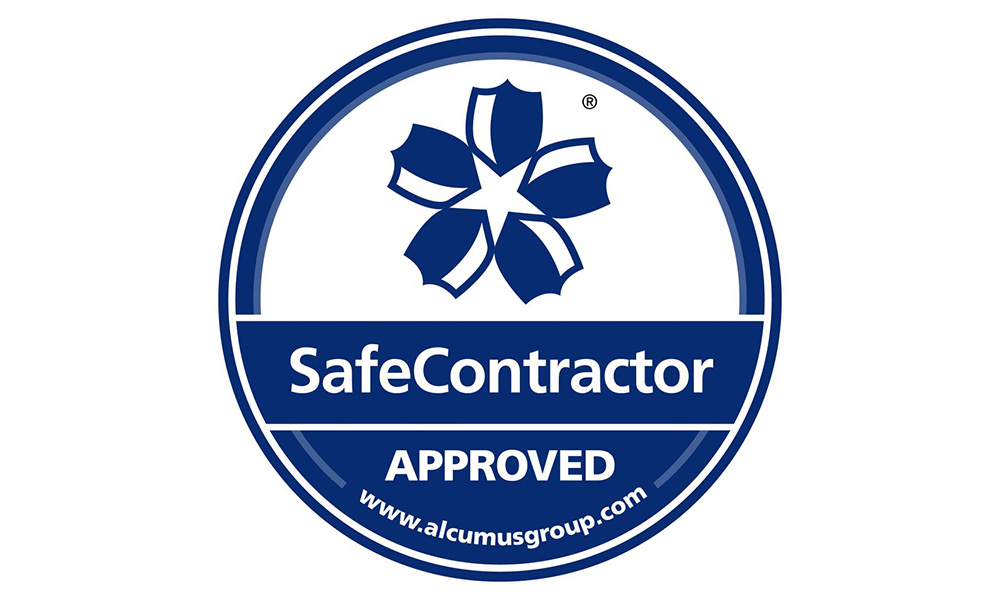When we talk about health we usually focus on the health and safety approach; eliminating injuries and accidents while complying with regulations. Less popular is the role the built environment plays in promoting good health and wellbeing.
But it is paramount not to overlook our work and home environments and the role they play in improving or undermining our health and personal wellbeing. This is particularly pertinent at this point in history when staying indoors has become a global necessity in containing the spread of the new Coronavirus.
Even in less tumultuous times, the fact remains; we spend 90% of our time indoors and 10% – or the equivalent of 13 years – of our lives at work. So how can we promote health and wellbeing in the workplace or any space for that matter? According to a keynote session at this year’s Future Build Conference held in London, it all comes down to interiors and design.
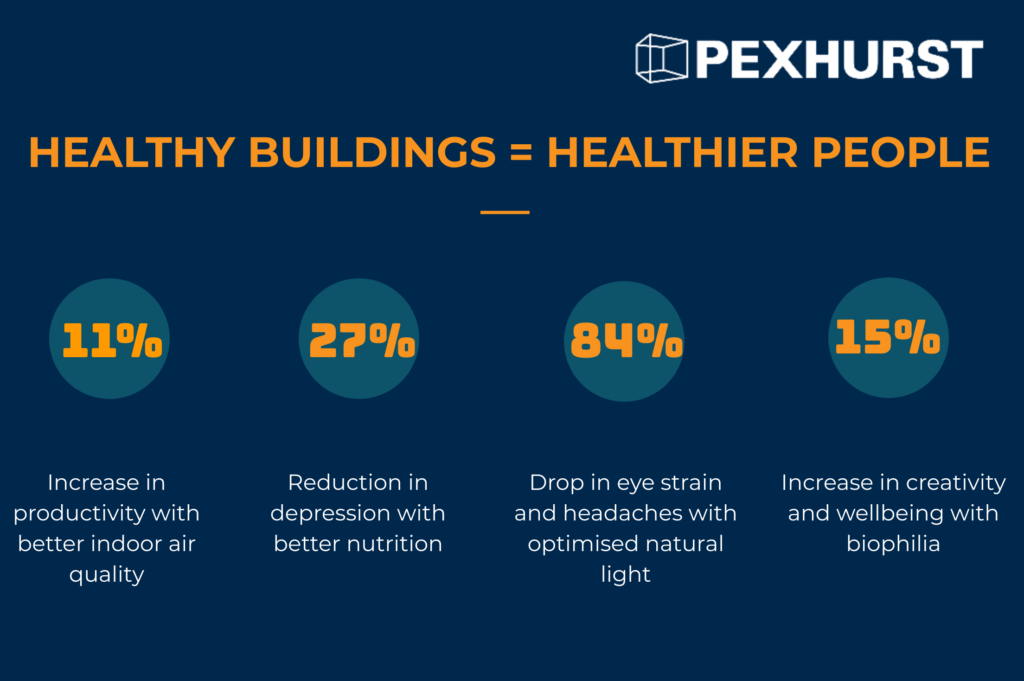
When you walk into a space, you get an immediate sense of whether or not it enhances your mental, emotional and physical wellbeing. Healthy buildings use intuitive design and take into account a number of elements, from the common, such as integrating space and light, to the less common, such as active circulation or the practice of incorporating nature and natural elements known as biophilia.
In addition, healthy workplaces provide a choice for employees. They facilitate communication by using acoustic panels and soft furnishings to improve the soundscape. They offer adjustable desks for the people who prefer to work standing up and prioritise access to filtered water and healthy snacks. They also use digital tools and connected devices to improve the safety of site staff.
When viewed individually, these factors may seem trivial, but when taken holistically, each of these elements creates a physical environment that enables the health and wellbeing of each employee. And when looking at the benefits, the facts speak for themselves. Jon Eaglesham, Managing Director at Barr Gazetas and panellist at the Future Build Conference, revealed that healthy buildings are responsible for:
- 11% increase in productivity with better indoor air quality
- 27% reduction in depression with better nutrition
- 84% drop in eye strain and headaches with optimised natural light sources
- 15% increase in creativity and wellbeing with biophilia
The returns on investing in health and wellbeing are obvious. It’s time for us all to embrace this growing trend!

